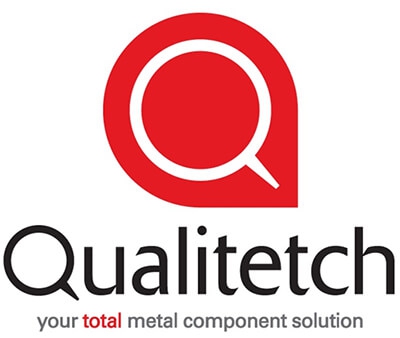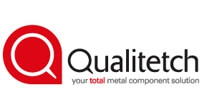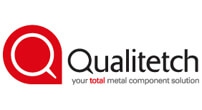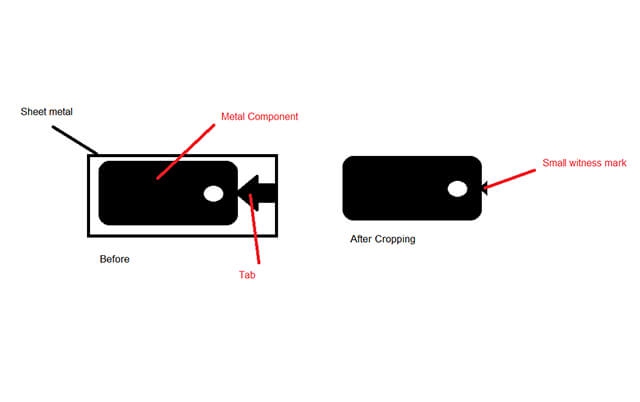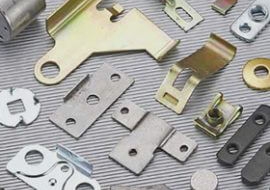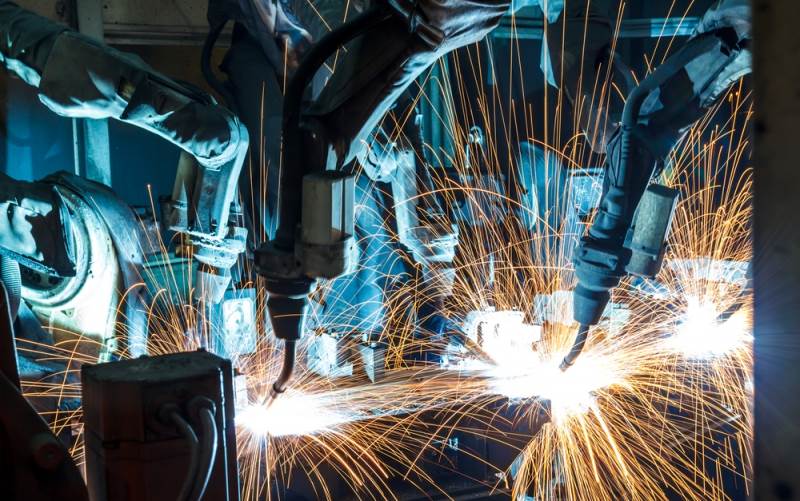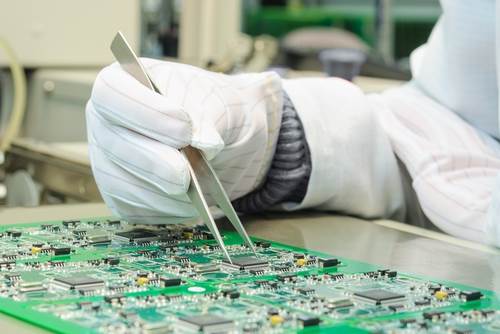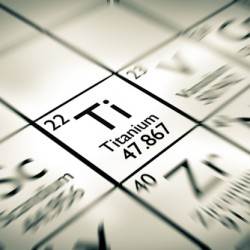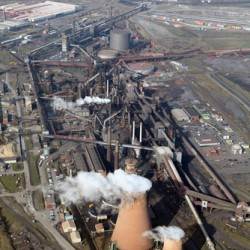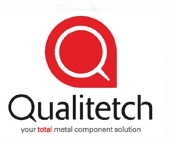- Contact 0870 350 7767
- |
- Advertise
Bipolar Plate manufacture & hydrogen fuel cells & Electrolysers using etching
 News and PR from Qualitetch Components Ltd - Published 09 February 2024
Fuel cell engineers should take chemical etching into consideration when manufacturing plates, for hydrogen fuel cells and electrolysers. There are reasons why this method's advantageous;
News and PR from Qualitetch Components Ltd - Published 09 February 2024
Fuel cell engineers should take chemical etching into consideration when manufacturing plates, for hydrogen fuel cells and electrolysers. There are reasons why this method's advantageous;1. Precision; Chemical etching offers a level of precision allowing for the creation of designs and patterns on the bipolar plates. This precision is essential for optimizing the flow of gases and ensuring a distribution across the plates surface, which directly impacts the efficiency and performance of the fuel cell.
2. Customization; Chemical etching provides flexibility in customizing plates to meet design requirements or performance targets. Engineers have control over parameters such as composition, temperature and duration enabling them to achieve desired plate characteristics such as surface roughness, channel geometry and thickness.
3. Cost effectiveness; When compared to machining methods like milling or stamping chemical etching proves to be a cost effective option for producing bipolar plates especially in small to medium production runs. It eliminates the need for tooling and minimizes material waste since it is a subtractive process that generates scrap.
4. Material compatibility; Chemical etching can be used with a range of materials commonly employed in fuel cell plates, including metals, like stainless steel, titanium and nickel alloys.
The versatile nature of chemical etching enables engineers to select materials based on factors, like corrosion resistance, conductivity and cost without any limitations imposed by the manufacturing process. One notable advantage of this process is its scalability making it suitable for producing plates in sizes and quantities from prototypes to large scale production. It consistently delivers high quality results. Ensures repeatability, which's crucial for meeting the demands of commercial fuel cell applications.
Chemical etching also offers reduced processing requirements as it achieves near net shape fabrication. This means that after the etching process bipolar plates often require processing. Consequently this reduces the manufacturing time and costs associated with operations like deburring, polishing or machining.
Furthermore environmental considerations play a role in favouring chemical etching as a manufacturing method for plates. It can be conducted using etchants that are safer to handle and generate less hazardous waste compared to other manufacturing processes. Moreover the efficiency and precision of chemical etching contribute to material savings and energy conservation aligning with sustainability goals in the manufacturing industry.
In light of these advantages fuel cell engineers should thoroughly evaluate chemical etching as a method, for manufacturing plates. Its implementation can enhance performance capabilities while simultaneously reducing costs and supporting fuel cell technology development.
Other announcements from Qualitetch Components Ltd
-
Qualitetch Components Ltd has successfully achieved AS9100D recertification
Qualitetch Components Ltd has successfully achieved AS9100D recertification, underscoring our commitment and adherence to the rigorous quality management practices essential for the aerospace industry
04 May 2023
-
Qualitetch 30th Birthday!
This week at Qualitetch Components we celebrate 30 years of offering world class metal component solutions for photo chemical etching, EDM wire erosion & metal stamping to all our worldwide customers.
28 Jan 2020
-
Qualitetch completes ISO AS9100 Rev D aerospace accreditation
Qualitetch are pleased to announce that following recent audits, we have now achieved the revised ISO AS9100 Rev D standard aerospace accreditation with NQA.
06 Nov 2019
-
Case Study - Chemical Etching Product Innovation
Chemical etching has been around for centuries; however, it’s only in modern times that we are starting to utilize its full potential.
06 Nov 2019
-
Chemical etching tabs– An in-depth view
For most metal components we manufacture here at Qualitetch, tabbing parts into the surrounding fretwork sheet for processing can really help for several reasons.
06 Nov 2019
-
Burr-free, Stress-free, metal components achieved through photo etching
Photo etching has many benefits for anyone looking to manufacture components from thin gauge sheet metal (namely 10um – 1.6mm thick).
06 Nov 2019
-
Qualitetch continues to offer FREE photo-tooling for both New & Existing parts!
Qualitetch continue to offer FREE photo-tooling artwork for both new and existing parts.
06 Nov 2019
-
Start-up makes robots that small manufacturers can afford
Collaborative robots market expected to snowball to $12.3bn by 2025
02 May 2019
-
Photo Etching – Coming to the Country’s Defence
In the case of defence, absolutely nothing other than the highest quality is acceptable, so it is only natural that photo etched components are used.
02 Nov 2017
-
How Photo Chemical Etching Encourages Creativity
At Qualitetch, we believe that creativity should not be limited by the tools at your disposal, which is why we champion the flexibility of photo chemical etching.
02 Nov 2017
-
How the British Grand Prix Benefits from Photo Chemical Etching
The world of motor racing will be present at Silverstone for the British leg of the Formula One season on 16th July...
02 Nov 2017
-
The Importance of Accuracy in Manufacturing
For any work taken on at Qualitetch, the object is to provide high-quality results, perfectly matching the client’s design specifications.
02 Nov 2017
-
Qualitetch acquires AS9100C aerospace accreditation
Qualitetch are very pleased to announce that following months of hard work and audits, our team have now achieved the prestigious AS9100C aerospace accreditation with NQA.
08 Jun 2016
-
Get to Know: Sheet Metal Enclosures
Here at Qualitetch, we provide our customers with so much more than just the highest quality chemical etching, laser cutting, and CNC machining.
16 May 2016
-
Know Your Titanium Facts
Here at Qualitetch, we work with a huge variety of metals on a daily basis, dependant on your needs and requirements. In this instalment, we are looking at Titanium in more depth.
16 May 2016
-
Qualitetch Supports British Steel
As part of the British metal working industry, here at Qualitetch, we have been concerned about the news story that has been all over our TVs, radios and newspapers for the last few weeks.
16 May 2016
-
January Newsletter
Next month see’s us exhibiting at the Southern manufacturing & electronics exhibition in Farnborough from February 9th – 11th.
28 Jan 2016
-
“Qualitetch at your Door” Service Roll-out
Due to the over-whelming success of our “Qualitetch at your door” service, for companies requiring on-site support at your own company premises, we are now rolling out this service to...
18 Nov 2015





